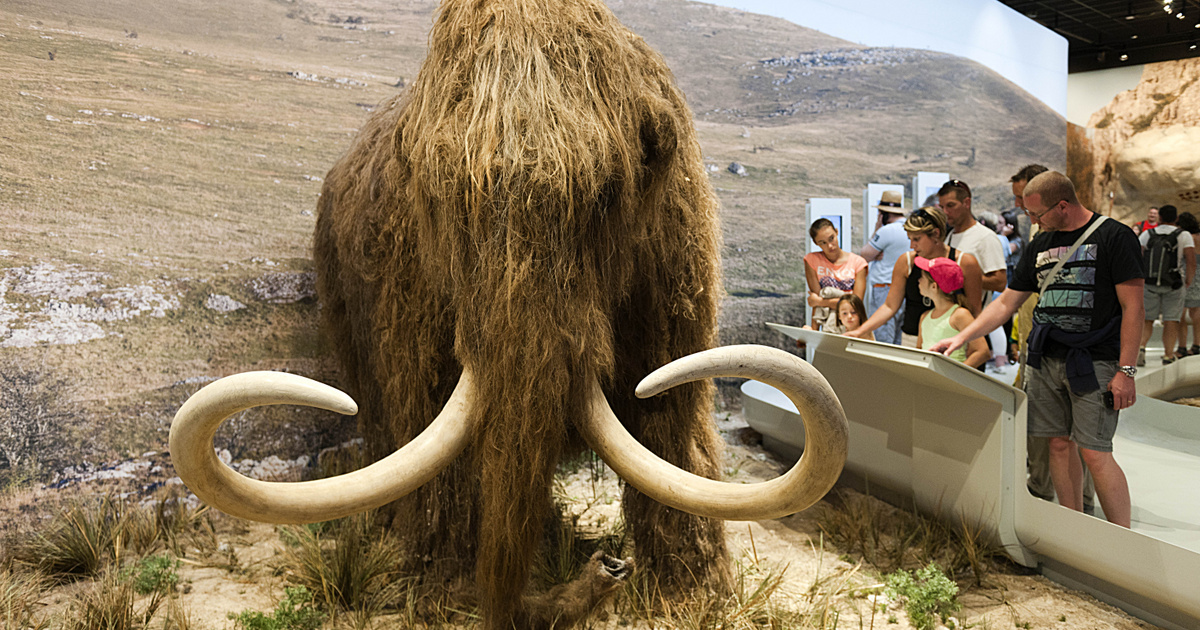Four years ago, scientists reconstructed the genomes of the last known population of woolly mammoths. The animals lived on Wrangel Island, off the coast of eastern Siberia, until 4,000 years ago, unlike anywhere else, where they slowly disappeared as temperatures rose.
Woolly mammoths lived across vast areas of Ice Age North America and Eurasia, but moved north 12,000 years ago due to global warming and hunting. They disappeared from the mainland 10,000 years ago, but in one place, WrangelOn an island They survived for 6,000 years. During the Ice Age, even on Wrangel Island, which is part of the Bering Land Bridge and Alaska, its population jumped after an initial slump. The island drifted away from the mainland due to melting, and its inhabitants, the mammoths, continued to live in isolation.
In 2020, paleontologists compared the genes of the Wrangel Island population with those of modern Asian elephants and other mammoths and identified several unique mutations. The results showed that
There were serious problems with the nervous system, productivity and smell of the VRANGEL mammoth.
Four years ago, researchers concluded that this may have contributed to their extinction and made their daily lives difficult as well. It’s also possible that the internal environment made it difficult for them to survive, and while we can’t know for sure what caused their eventual extinction, it’s possible that mutations contributed.
cut off from the world
One research She re-examined the Wrangel mammoths more closely and found that the island's woolly mammoth population had jumped from eight individuals to 300 very quickly. The paleontologists conducted extensive genetic analysis of 21 woolly mammoths: 14 from the Wrangel Islands, and 7 from elsewhere.
The analysis revealed 50,000 years of mammoth history and showed genetic differences that emerged over time. The Wrangel Islands mammoths were characterized by inbreeding and low genetic diversity, as they lived in isolation and without contact with other individuals. The decline in diversity almost certainly occurred slowly over the 6,000 years they lived on the island, but from this decline came harmful genetic mutations. In other words, the population remained stable until it disappeared.
If an individual has a harmful mutation, they are basically unviable, so these mutations gradually disappear from the population over time, but now it turns out that mammoths accumulated these bad mutations in their bodies, and they stayed there until they became extinct.
Marianne Dehascq, lead author of the new study, explained.
For existing species, important lessons can be learned from the study, for example, that increasing stocks is not enough to help them survive, and their condition must be actively and genetically monitored, because genetic effects, from the mammoth example, appear to last for up to 6,000 years.
The extinction of the mammoths on the Wrangel Islands remains a mystery, but since they survived so well for thousands of years despite all sorts of mutations, it must have been a random event. If it weren't for this mysterious event, paleontologists say, there would be mammoths today. At least on Wrangel Island.














































